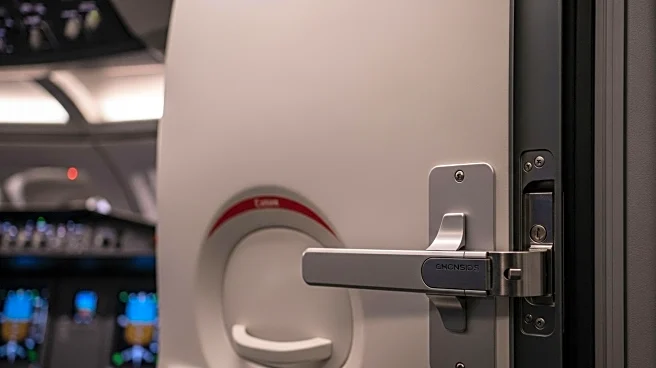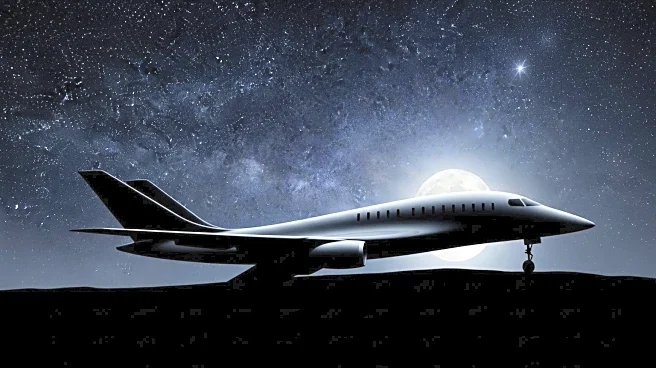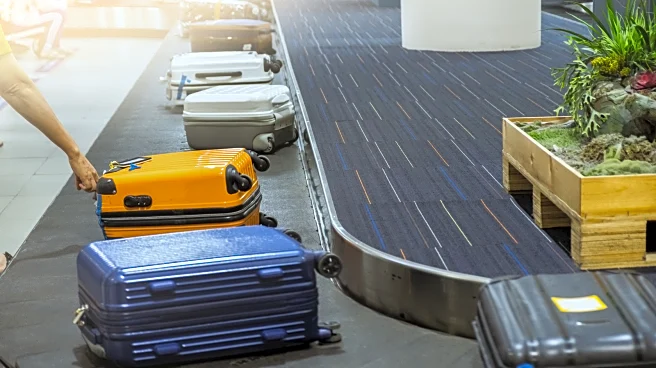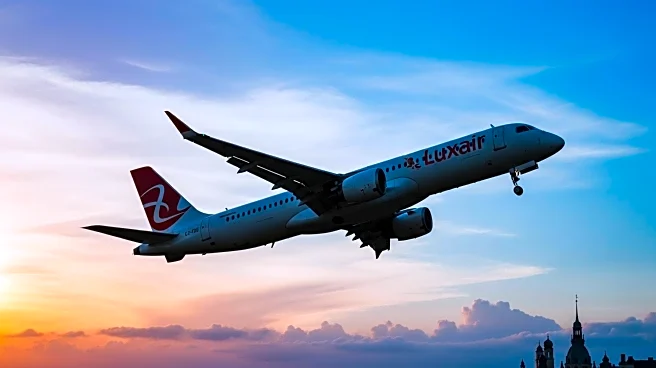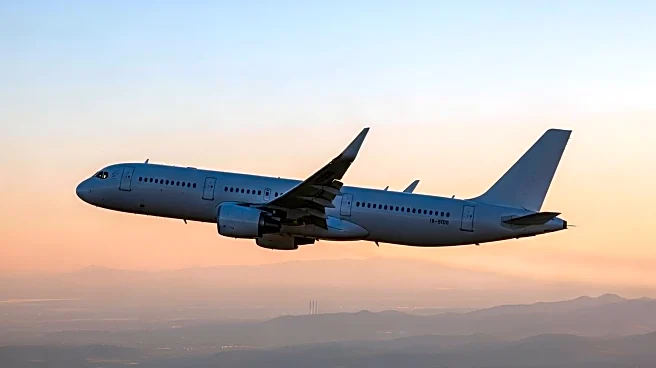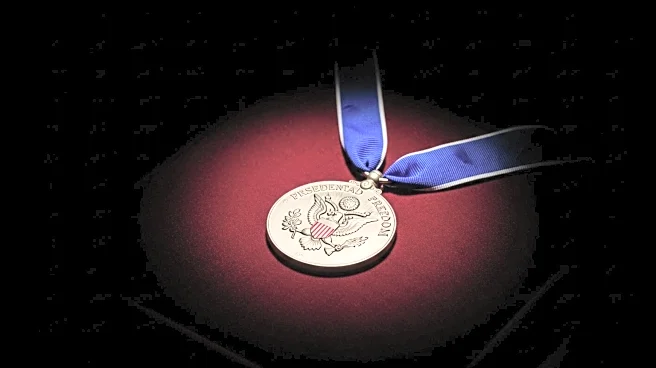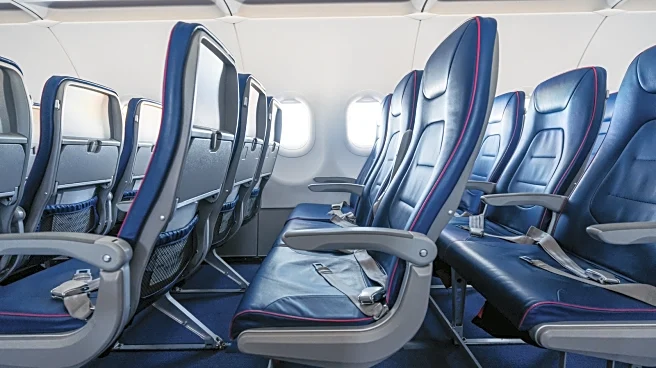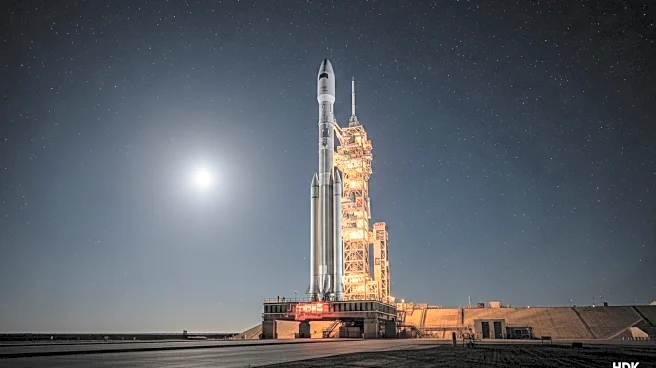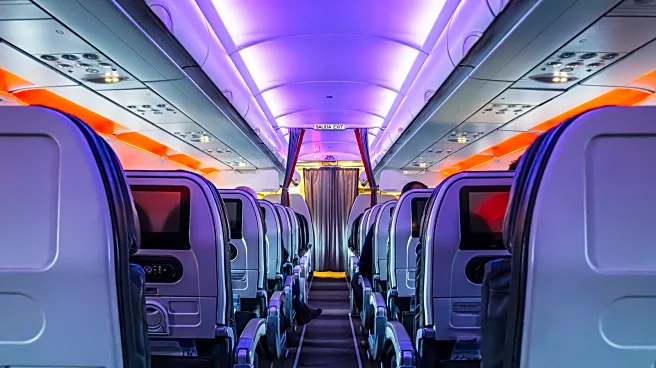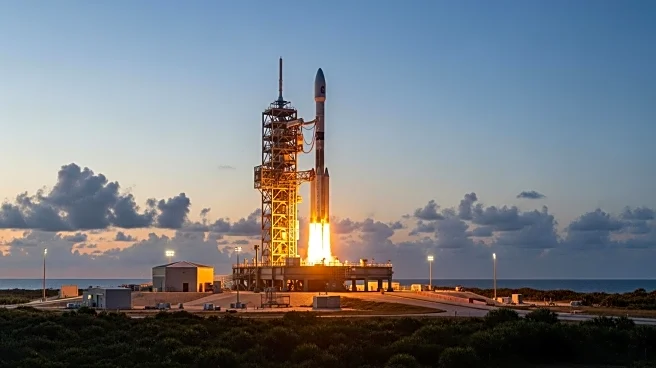What's Happening?
Southwest Airlines has introduced a new security feature on its latest Boeing 737 jets, a retractable barrier designed to protect the cockpit when the door is opened during flight. This development comes in response to a Federal Aviation Administration (FAA) rule from 2023, which mandated the installation of secondary barriers on all new aircraft starting this summer. However, Southwest Airlines agreed to delay the implementation by a year. The barrier, resembling a gate rather than a solid door, aims to enhance cockpit security, a concern raised by aviation labor unions since the September 11, 2001 attacks. Southwest Airlines has committed to equipping every new aircraft it receives with this barrier, although there is currently no certified method for retrofitting existing planes. The airline is in ongoing discussions with Boeing and the FAA regarding potential solutions.
Why It's Important?
The introduction of secondary cockpit barriers by Southwest Airlines marks a significant step in aviation security, addressing longstanding concerns about cockpit vulnerability during flight. This measure is particularly relevant in the context of post-9/11 security protocols, where protecting the flight deck has been a priority. By implementing these barriers, Southwest Airlines is enhancing passenger and crew safety, potentially setting a precedent for other airlines to follow. The move could influence industry standards and regulatory practices, as airlines seek to balance security enhancements with operational feasibility. The decision underscores the importance of proactive safety management systems in the aviation industry, which can have far-reaching implications for passenger confidence and airline reputation.
What's Next?
Southwest Airlines plans to continue equipping all new aircraft with the cockpit barrier, while exploring options for retrofitting existing planes. The airline's collaboration with Boeing and the FAA may lead to the development of certified methods for installing barriers on older aircraft. This initiative could prompt other airlines to adopt similar security measures, potentially leading to industry-wide changes in cockpit security protocols. Stakeholders, including aviation unions and regulatory bodies, are likely to monitor the implementation closely, assessing its effectiveness and impact on flight operations. Future regulatory updates may further refine the requirements for cockpit security, influencing airline practices and passenger safety standards.
